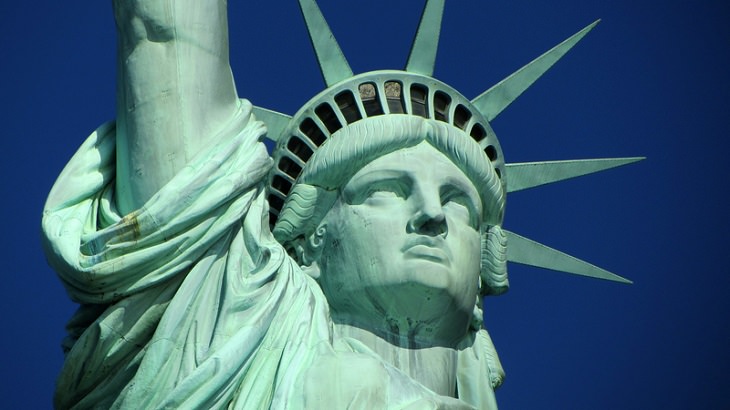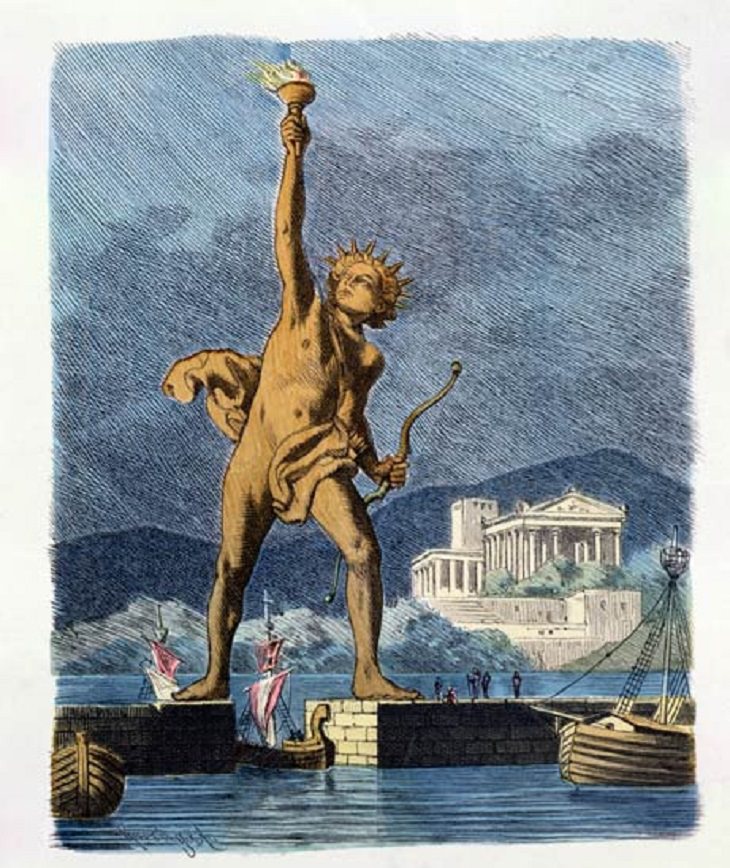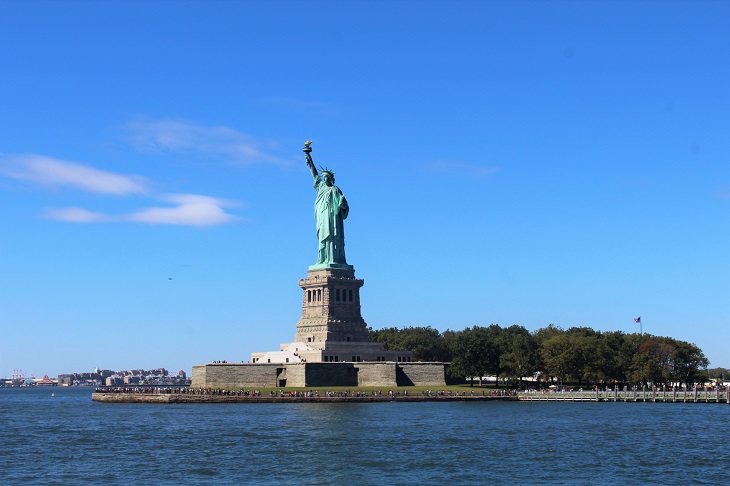In the same year Christopher Columbus set sail for the New World on behalf of the monarchs of Spain, Ferdinand and Isabella decreed the utter expulsion of all Jews in their kingdom, putting an end to a prosperous community that had produced works of beautiful poetry, scientific writings, and philosophical dissertations. Five years later, Portugal followed suit, expelling all of its Jews, many of which were refugees from the previous expulsion.
Many of those torn away from their homes thusly sought refuge in the colonies across the Atlantic, but the religious zeal of the Spanish and Portuguese inquisitors hounded them even to those farthest of shores, causing many to once again seek refuge, this time in the city of New Amsterdam, or as we call it now, New York City. 230 years later, Emma Lazarus, a descendant of these Portuguese Jews would take that experience of fearful pursuit and constant running and write one of the most important poems in American history.
But let’s go even further back.
In 304 BC, the Greek city-state of Rhodes had managed to frustrate and defeat a Macedonian siege. To commemorate their victory, the people of Rhodes erected a monumental statue on the port of Rhodes, dedicated to the sun god, Helios, with a crown of sunbeams and a torch held aloft as well as a dedicated poem:
To you, O Sun, the people of Dorian Rhodes set up this bronze statue reaching to Olympus, when they had pacified the waves of war and crowned their city with the spoils taken from the enemy. Not only over the seas but also on land did they kindle the lovely torch of freedom and independence.
In the 1870s, French sculptor Frédéric Bartholdi decided, on the occasion of the Union’s recent victory and the abolition of slavery in the United States, to gift America with a statue in the very image of that Colossus of Rhodes, but dedicated instead to the Roman goddess Libertas, the personification of freedom, to celebrate the spirit of liberty that lies at the heart of the American project.
Of course, building a 300-foot statue was no small matter, and money had to be raised to allow such an ambitious project to bear fruit. For one such fundraising event, an art auction, Bartholdi asked New York poet Emma Lazarus to contribute an original work to the auction, leading to her penning The New Colossus. A poem that would be engraved on the statue’s pedestal and which came to shape the very self-image of America.
Emma Lazarus was born to a large and well-to-do family of Portuguese Sephardic Jews who’ve been residents of New York for centuries. Lazarus grew up with an intense love of poetry and literature and an extraordinary talent for languages. Besides her own works, Lazarus authored dozens of translations of important works of German literature.

At the time Lazarus was asked to contribute a poem for the statue, she was already established in literary circles as a talented author and poet, but her first response was to politely decline. Lazarus was otherwise troubled; following a plague of massacres and horrendous acts of unbridled violence, unprecedented numbers of Jews from the Russian Empire sought safe refuge in the shores of New York City, where the statue was to be built. Lazarus was so moved by the plight of these impoverished and fearful refugees, and reminded of her own family’s history, that she spent much of her time in campaigning for aid in assimilating them and providing them with vocational training.
Lazarus had initially declined to write a poem for the auction because she didn’t know what could be written about a statue, but her activism on behalf of those downtrodden refugees fleeing from the mobs of Eastern Europe gave her inspiration: the statue would celebrate freedom, yes, but more importantly, it would be a promise of safety for people all over the world, seeking a haven from tyranny and injustice, a New Colossus:
Four years later, Bartholdi finished construction with the help of engineer Gustave Eiffel (yes, that Eiffel), and the Statue of Liberty was finally dedicated in New York Harbor. Emma Lazarus tragically died a mere year later at the young age of 38 of what is now assumed to be Hodgkin’s Lymphoma.





